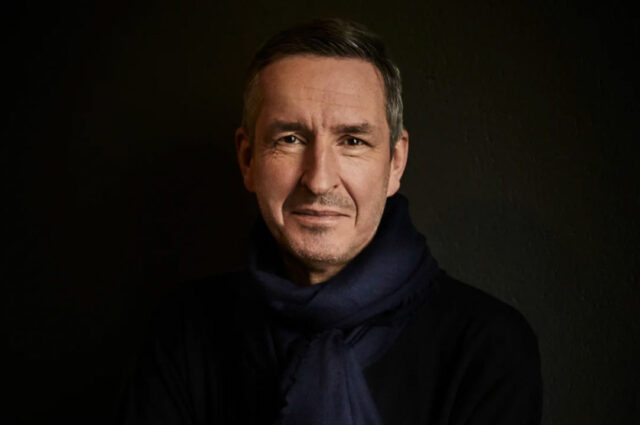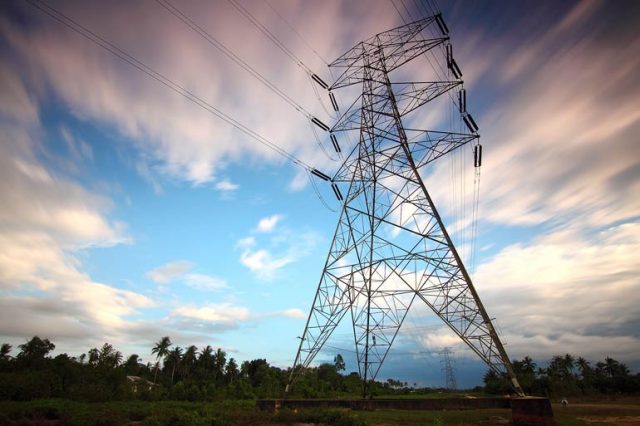Seniors are getting a lot of attention from the government lately, particularly Congress. The Ways and Means Committee at the House of Representatives has just approved two proposed laws: one that gives more discounts to senior citizens and persons with disabilities (PWDs), and another that gives incentives to businesses that hire senior citizens.
Based on the 2020 Census, the Philippines has a population of over 109 million. Of this, people aged 60 years old and over make up 8.5% (9.22 million) of the household population, up from 7.5% (7.53 million) in 2015. And there were more females (55.5%) than males (44.5%) among senior citizens. As of December 2021, there were 9.1 million voters aged 60 and above.
By the next election in 2025, there might be closer to 10 million voters that are senior citizens. So, it should not be surprising that lawmakers — future electoral candidates — are courting the sector. And perhaps rightly so. After all, senior citizens have contributed their share during their more productive years, and deserve more relief from the burdens of life.
By moving to expand the present law granting privileges to them, lawmakers want to include in their discount coverage even promotional items and services. To date, items or services on “promo” are not subject to senior discount as they are already “discounted,” so to speak. Congress also wants senior and PWD discounts on parking and electricity.
Congress is also looking into tax deductions on salaries, wages, benefits, and training expenses for companies that hire elderly workers. In addition, the government will be made to waive all fees for elderly workers applying for government documents needed for employment, such as NBI, police, and barangay clearances.
According to the Philippine Statistics Authority (PSA), as of 2015, more than three million senior citizens were still gainfully employed, with over one million of them in agricultural, forestry, and fishery work. About half a million were doing managerial work. To date, there are no National Government incentives given to businesses that hire senior citizens.
Congress is moving in the right direction as far as seniors and PWDs are concerned. In many instances, older seniors and PWDs already have physical limitations and diminished capacity for work. Some enjoy fixed incomes from pensions, but many rely on younger family members for their sustenance. More discounts and privileges for these seniors and PWDs will be a big help.
I am very much looking forward to reaching the “discounted” age of 60 years old, even as aging comes with health issues as well as concerns over loss of income and productivity. I believe that governments should be more generous to their “senior” and disabled population. As the late President Ramon Magsaysay said, those who have less in life should have more in law.
It is not enough for the National Council for Disability Affairs (NCDA) to assert that the present law on senior citizen discounts does not impose any limitations or restrictions on the amount of food or drink that can be ordered by a person legally entitled to the 20% discount and VAT exemption. Congress is taking this a step further by including promotional items in the discount coverage.
But as lawmakers move on this, I reiterate the call for more studies, research, and data on the rate of abuse, and how to prevent them. The main complaint against these discounts and privileges is that they are prone to abuse. And simply put, those abusing the privilege are also evading taxes, particularly in the case of the 12% VAT exemption.
In addition to more discounts, Congress is also looking into incentives for businesses that hire seniors. In this line, I believe lawmakers should consider this initiative along with a review of existing laws on retirement. Calibration is needed, in my opinion, and the country should strive for consistency in the application of retirement standards.
The retirement age in the private sector is 60 years. In the government, the optional retirement age is 60, and the compulsory retirement age is 65. But lawmakers are considering bills proposing to lower the optional retirement age of government employees to 56; and, for public school teachers to 55, even as they just raised the retirement age for the military from 56 to 57, or upon accumulation of 30 years of satisfactory active duty, whichever comes later.
Meantime, there are no set optional or mandatory retirement ages for presidents, vice-presidents, senators, congressmen, and Cabinet members, or appointed heads of agencies. But in the judiciary, the mandatory retirement age for judges is 70. Incidentally, at the US Supreme Court, and all other US federal courts, there is no mandatory retirement age. However, of those who decide to retire voluntarily, available online data indicate an average age of 78.
In this regard, if lawmakers want to give perks to businesses to hire more seniors, perhaps legislators should also strive for consistency in retirement ages. Maybe we should not be retiring private sector workers at 60. A compulsory retirement age of 65 for both private and public workers may be more appropriate for the times. Perhaps the same should apply to the military and police services as well.
Mandatory and optional retirement ages will ultimately depend on the type and volume of work required from an individual. In this line, more recent studies and research should be reviewed to help set a baseline as well as a standard that can be applied to different types of private and public work. In my opinion, the starting point should be 60 for optional and 65 for mandatory, including the police and the military.
But at age 61, annual assessments should be made whether a worker retains the physical, mental, and intellectual capabilities required for the job. And then incentivize businesses that will hire workers older than 65, or after mandatory retirement. Optional and mandatory retirement ages should be raised not lowered, also to remove the pressure on pension systems that now support a growing number of seniors.
In Australia, the retirement age was raised to 67. In Malaysia, there are plans to increase the retirement age to 65. Thailand has raised its retirement age, while Vietnam and South Korea are both considering increasing the retirement age as well. In Belgium, France, Germany, and Denmark, the retirement age is to be increased to 67. In Ireland, Taiwan, and Japan, the retirement age is to be increased to 68. Obviously, the only way to go is up.
Marvin Tort is a former managing editor of BusinessWorld, and a former chairman of the Philippine Press Council.
matort@yahoo.com













